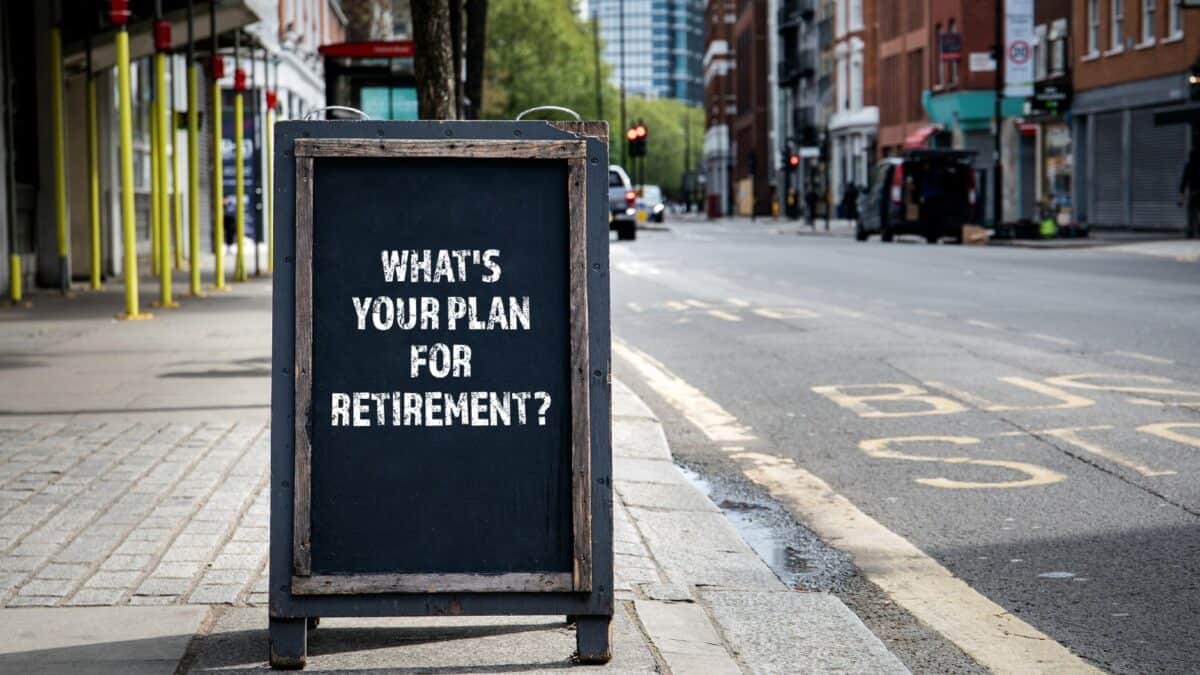If I was 40 and had no retirement savings at all (except maybe a bit of company pension), I’d be going flat out to put that right.
While many newbie investors prefer to pay a fund manager to pick stocks on their behalf, we at The Motley Fool like to cut out the middleman and buy equities directly ourselves.
Happily, blue-chip companies listed on the UK’s FTSE 100 pay some of the most generous dividends in the world, with some offering yields of 6%, 7% or 8% a year, and in a handful of cases even 9%.
There’s no time to waste
Targeting these shares is a great way of building a generous passive income stream. I would reinvest these back into my portfolio while of working age, to turbocharge growth, then withdraw them as income when I retire.
So how much would I need to invest, starting at scratch from age 40?
The obvious answer is as much as I can afford, but let’s be a bit more precise here. Say I invested £5 a day, which works out of £1,825 a year. Then let’s say I increase that by 3% a year, to try to keep up with inflation.
The final assumption is that my portfolio grows in line with the long-term average total return on the FTSE 100, which is roughly 7% a year. With dividends reinvested, by age 67 my fiver a day would have grown into a pretty substantial £194,913.
Under an investment rule of thumb called the ‘safe withdrawal rate’, analysts reckon someone who draws 4% of their portfolio each year as income will never deplete their savings. If I took 4% of my £194,913, I would have annual income of £7,797, or £650 a month.
If my portfolio yielded 7% a year and I took all of my dividends as income, I could generate an even higher income of £13,644 a year, which is around £1,137 a month. That’s not a bad return on just £5 a day.
This is slightly riskier, because it means I won’t plough any dividends back into my portfolio, so my capital could shrink if share values fall. If any stocks in my portfolio cut their shareholder payouts, my dividend income will also take a hit.
I’ll spread my risk too
There are no guarantees when investing. My portfolio could generate a lower annual total return than 7%, if my stock picks flop or the FTSE 100 generally underperforms. On the other hand, I could potentially generate more than 7%.
I would mitigate these risks by building a portfolio of at least a dozen shares, so if one or two struggle, others might compensate.
Investing £5 a day works out as £150 a month. I would start by splitting that monthly sum three ways, investing £50 in each of three different stocks. Once I have built up a decent stake in one stock, I would transfer my monthly contributions to another, and so on.
The next big question is which FTSE 100 dividend stocks to buy. Fool.co.uk is packed full of company tips and insights, and that’s where I’d begin my hunt. With £16,500 a year up for grabs, there’s no time to lose.
This post was originally published on Motley Fool







